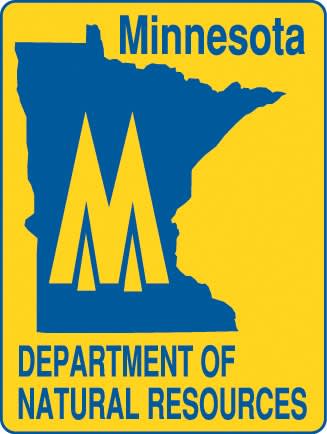Minnesota Walleye Regulation Extended for Namakan Reservoir

The Minnesota Department of Natural Resources (DNR) recently announced its decision to extend the current walleye regulation on the five lakes of the Namakan Reservoir (Kabetogama, Namakan, Sand Point, Crane, and Little Vermilion) for an additional six years.
The experimental regulation, which requires anglers to release all walleye from 17 to 28 inches, was put in place in 2007, and reviewed in 2012. Normally, a special regulation remains in effect for ten years. In this case, a shortened timeframe for review was agreed upon when the regulation was implemented.
“The walleye fishery has responded well to the current regulation. Walleye numbers have stabilized or increased on all the lakes, and so has the abundance of fish over 17 inches,” said Kevin Peterson, International Falls area fisheries supervisor. “Extending the current regulation will allow these benefits to continue and provide additional time for us to evaluate its long-term effectiveness.”
A public input meeting was held in September 2012 to provide information on the status of the walleye fishery, discuss three management options, and listen to public comments. Harvest daily possession limits were also considered in the overall management strategy.
“Given the improvements in the walleye fishery and public support for staying the course, a decision was made to extend the current regulation,” Peterson said.
Another regulation review will be conducted in six years and will use creel surveys and the results of the DNR fisheries annual monitoring.
Comments or questions about the decision to extend the walleye regulation can be directed to Kevin Peterson, area fisheries supervisor, 392 Highway 11 East, International Falls, MN 56649; 218-286-5220, kevin.peterson@state.mn.us.

